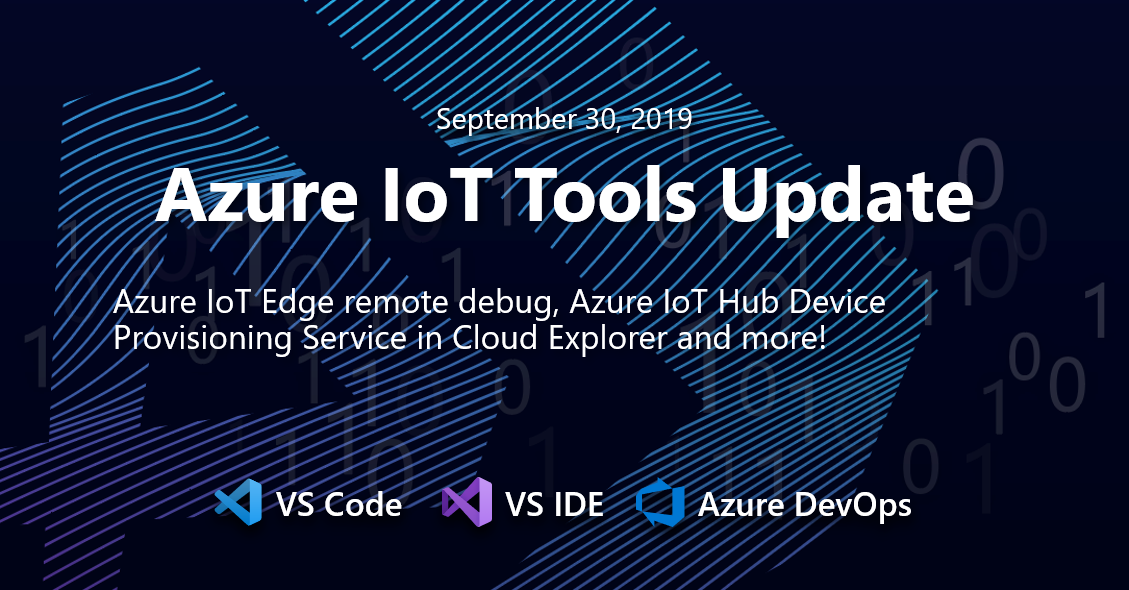

This prevents you from accidentally using objects that may not be available in your production environment. Otherwise, you’ll want to tell it to drop objects not under source control. Automatically recreating the database isn’t a bad idea if it is small and you have good data population scripts. Usually you will want to change the connection string. To enable automatic deployment, you first need to edit the Debug tab in the database project settings.

What it does do is replace the verbose sp_addextendedproperty syntax.ĮXEC employee key, which is called empId in some older Deployment Automatic Deployment while Debugging This is not a new feature for SQL Server, which has long supported the ability to document tables and columns. For columns you can also use the properties pane, but most people will be happier showing it as a column on the table designer. Table level descriptions have to be set in the properties pane. In Visual Studio 2013, there is no excuse for not commenting your tables and columns. When adding indexes as separate statements you will need to use the batch separator GO between each statement. In theory you could also put each index in its own file, but that tends to lead to unnecessary clutter. Indexes can be added as part of the table definition or as stand-alone commands in the same file. You can then start filling out the columns using either the designer or the SQL editor. Enter both the schema and table name separated by a dot. When you create a new table, right-click on the folder you wish to place it in and then click Add à Table. Other security object such as roles, asymmetric keys, and certificates can be created in a likewise fashion. This means you will need to add a “GRANT CONNECT TO ” line to your script. The deployment tool will handle that for you.īy default newly created login and users will not have the ability to connect to the server. When you create a login, do not insert “USE master”. If the login already exists at deployment time it will simply skip over it. Though logins are technically a server object, not a database object, you can include them in the project. Again, folder locations are not important and you may move the schema definition if you so choose. The import process places schema definitions in the Security folder rather than in the folder names for the schema. So it is preferable to create user account with no rights from the beginning, then grant them access to specific objects and features as needed. Security settings can be surprisingly subtle, especially when using advanced features.
#Sql server data tools for visual studio 2022 full#
SecurityĪ common mistake when setting up a new database is to grant everyone full access from the beginning with the assumption that you will lock it down later. This will come in handy when you want to deploy multiple copies of the same database project to one server. If you need additional or specialized filegroups you can use the built-in object templates. You need to open the properties for the Solution and indicate that the database project is a dependency for the startup application. There is one final step for setting up the database for automatic deploys.

Without it, your debug database will tend accumulate objects that you created and later discarded during the development process. Generally speaking you will want to use the “Drop object in target but not in project” option. If you use a database name that doesn’t exist it will automatically be created the first time the project is run.

This is the database that you will automatically deploy to every time the application is run. You can see an example of this in the Storage heading below.īefore we leave the project settings window, you will want to setup your debug database. If you don’t find a setting you need, you can add it using normal SQL. Common database settings are found on the “Project Settings” tab.


 0 kommentar(er)
0 kommentar(er)
